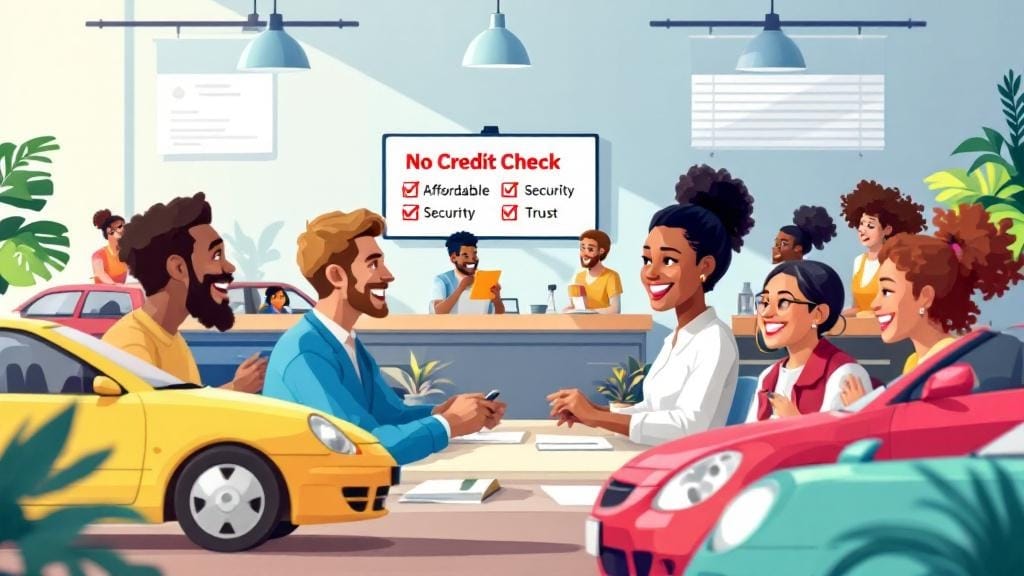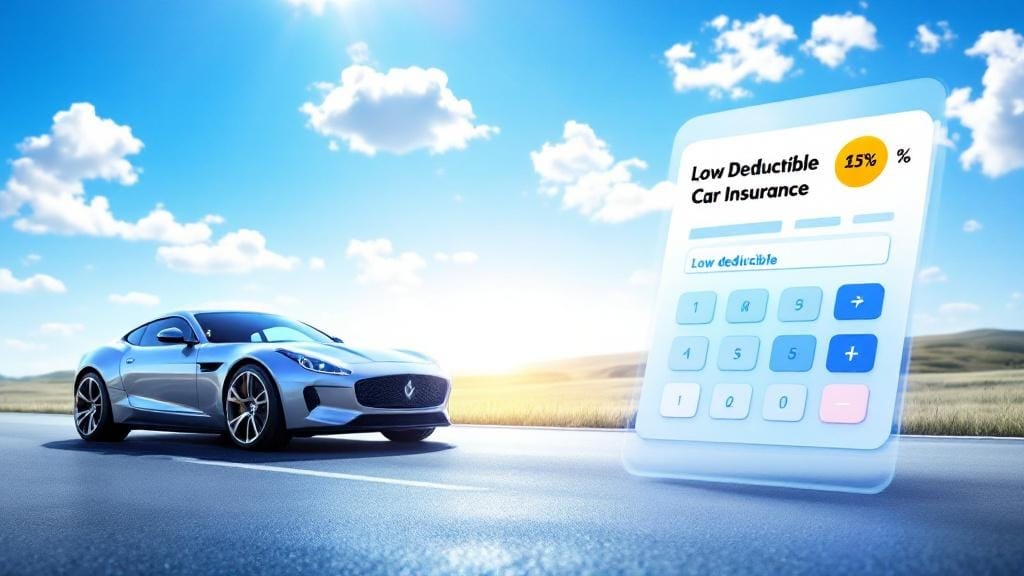Debt can feel like a mountain that never stops growing—especially when you’re dealing with job loss, unexpected medical bills, or rising inflation. If you’re struggling, government debt relief programs might be the solution you’ve been searching for.
Whether you’re looking for federal debt relief programs, low-income debt relief programs, or state-sponsored debt assistance, this guide walks you through real, actionable ways to get help. Let’s break down the process and options available in 2025, so you can take the first confident step toward becoming debt-free.
🔎 What Are Government Debt Relief Programs?
Government debt relief programs are initiatives launched by federal or state governments to assist individuals who are facing serious financial hardship. These programs can:
Reduce or eliminate your debt
Modify repayment terms
Offer emergency aid or forgiveness
Consolidate loans into manageable payments
These options are usually targeted toward low-income households, people impacted by emergencies (like natural disasters or pandemics), or those unable to keep up with payments due to job loss, illness, or disability.
🏛️ Types of Government Debt Relief Programs in 2025
1. Federal Debt Relief Programs
These programs are offered nationwide and are usually run by agencies such as the Department of Education, Department of Housing and Urban Development (HUD), and Internal Revenue Service (IRS).
🔹 Examples include:
Income-Driven Repayment Plans (IDR) – For federal student loans
Public Service Loan Forgiveness (PSLF) – For nonprofit and government workers
IRS Fresh Start Program – Helps with tax debt forgiveness
HAF (Homeowner Assistance Fund) – Emergency mortgage support
2. State-Sponsored Debt Relief Programs
Each U.S. state offers state-specific debt aid programs, especially for housing, healthcare, and utility bills.
🔹 Examples:
California Mortgage Relief Program
New York’s Homeowner Protection Program (HOPP)
Texas Rent Relief
Check your state’s official website or housing agency for the most up-to-date programs.
3. Low-Income Debt Relief Programs
If your household income falls below the poverty line or you receive government benefits like SNAP or Medicaid, you may qualify for:
Emergency debt relief grants
Utility bill forgiveness
Free credit counseling through nonprofit agencies
Zero-interest government debt consolidation loans
These public debt relief options are usually available through local agencies, charities, or government-funded nonprofits.
💼 Who Qualifies for Government Debt Assistance?
Eligibility varies based on the program, but most look at:
Your income level
Household size
Type of debt (student, tax, mortgage, etc.)
Employment or hardship status
Residency or citizenship status
If you’re facing financial hardship, unemployment, or are a senior citizen, disabled individual, or veteran, your chances of qualifying increase significantly.
✅ Benefits of Using Official Government Debt Help
Government programs are regulated, safe, and free from scams, unlike many private “debt settlement” companies.
Advantages include:
No upfront fees
Low or 0% interest options
Forgiveness on a portion of debt
Legal protections under federal law
Tailored repayment options like income-based repayment or loan modification
🔁 Government-Backed Debt Forgiveness and Settlement Options
If full repayment is unrealistic, you may qualify for government-backed debt forgiveness or debt settlement options.
Examples:
Student Loan Forgiveness: After 10–20 years of qualifying payments under IDR plans
IRS Offer in Compromise (OIC): Settle your tax debt for less than you owe
Mortgage Forbearance or Modification: Especially during job loss or disability
Small Business Loan Forgiveness: Through SBA COVID-era programs or disaster recovery funds
These programs are not automatic—you need to apply and meet strict criteria.
🔗 How to Access Government Debt Relief Programs
Step 1: Know Your Debt Type
Is it credit card, student loan, tax, medical, or mortgage debt? Relief programs differ for each category.
Step 2: Research Official Sources
Use .gov websites like:
studentaid.gov (for student loans)
irs.gov (for tax relief)
hud.gov (for housing help)
benefits.gov (general government benefits)
Step 3: Gather Documents
Prepare your:
Proof of income
Tax returns
ID and Social Security card
Recent bills or loan statements
Step 4: Apply or Speak With a Counselor
Many programs have free financial counselors or advisors who can walk you through eligibility and paperwork. Nonprofits like NFCC.org are certified by the government to help.
💬 Real-Life Example: Maria’s Journey With Government Debt Assistance
Maria, a single mother of two in Ohio, lost her job during the pandemic. She quickly fell behind on rent, utility bills, and her student loan payments.
She found out about Ohio’s Emergency Rental Assistance Program and the Income-Driven Repayment Plan for student loans through studentaid.gov. With the help of a local nonprofit, she applied online and got:
$5,000 in back rent paid
Student loan payments reduced to $0/month
Free budgeting tools and credit counseling
Within 6 months, Maria had a handle on her finances and was on the path to recovery.
❗ Watch Out for Scams
Unfortunately, when it comes to debt help, not all offers are legitimate. Be wary of:
“Debt relief” companies that ask for upfront fees
Anyone promising instant forgiveness
Unofficial-looking websites not ending in .gov
Tip: Always verify with an official government agency or certified nonprofit.
💡 Tips to Maximize Government Debt Relief
Apply early—Funds are limited and first-come, first-served
Check for combined benefits (e.g., housing + utility help)
Update your documents regularly (especially income statements)
Use nonprofit credit counseling to map your options
📌 Final Thoughts: Take Action With Confidence
Dealing with debt is stressful, but you’re not alone—and you’re not without options. Government debt relief programs in 2025 are more accessible and comprehensive than ever before.
Whether you need federal relief aid, government debt consolidation programs, or emergency government debt assistance, help is available if you know where to look and how to apply.
❓FAQs About Government Debt Relief Programs
1. What are the best government debt relief programs for student loans?
The top programs in 2025 are Income-Driven Repayment Plans, Public Service Loan Forgiveness (PSLF), and Fresh Start, a new initiative helping borrowers reenter repayment after default.
2. Can I get government debt relief if I have credit card debt?
There’s no direct federal program for credit card debt, but you can explore government-supported credit counseling, nonprofit debt management plans, and state-level financial hardship assistance.
3. Is debt forgiveness taxable?
Sometimes. Student loan forgiveness under PSLF or IDR is tax-free. But forgiven credit or tax debt may be taxable unless exempt under IRS rules like insolvency or bankruptcy.
4. Are there government programs for debt consolidation?
Yes, some government programs support debt consolidation, especially for student loans. Nonprofit agencies may also offer government-aligned debt management plans with reduced interest rates.
5. Where can I find legitimate help?
Use verified sites like:
Avoid any organization not certified by the government or demanding upfront fees.
6. What if I’m unemployed and can’t pay my bills?
You may qualify for low-income debt relief programs, emergency rental aid, utility bill forgiveness, or even temporary loan forbearance through government channels.
7. How long do government debt relief programs last?
Some are temporary (6–12 months), while others—like IDR or mortgage modification—last years. Always read the fine print and stay up to date on program deadlines.








Comments (0)